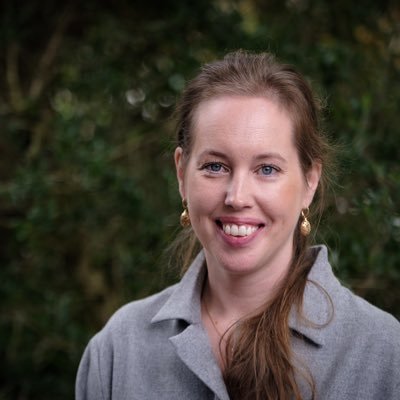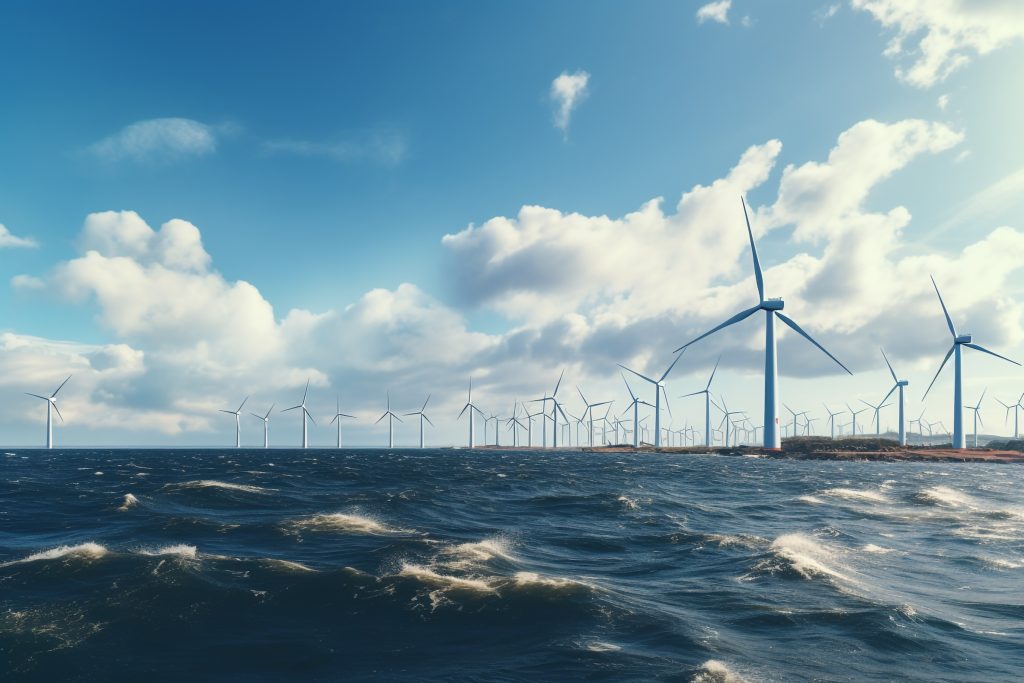In chapter 1 of the edited book ¨Law in the EU’s Circular Energy System: Biofuel, Biowaste and Biogas¨, Lucila de Almeida and Josephine van Zeben introduce and contextualize the book project by setting the scene of the regulatory framework of the EU´s circular energy system to channel the production of biogas (biomethane) and biofuel into the European Green Deal. Read the abstract below:
Abstract
The Green Deal is premised on a successful marriage of the European Union (EU)’s environmental and climate goals with its economic and social goals. As energy production and use account for over 75% of the EU’s greenhouse gas emissions, the decarbonisation of the energy sector is a crucial piece of the resulting puzzle.
The European Commission’s Communication on the EU strategy for Energy System Integration lays the foundation for fundamental changes to the planning and operation of the energy system – across multiple energy carriers, infrastructures, and consumption sectors. This transition importantly includes the creation of a more circular energy system. In the transition to electrification, there is a heavy reliance on renewable and low-carbon fuels to reduce the consumption of natural gas and fossil fuels. Biofuels and biogases produced from biological waste –from agriculture, food and forestry – constitute a short-term sustainable solution to hard-to-decarbonise sectors. The urgency of reducing dependence on fossil fuels is underlined by the need to reduce reliance on imported natural gas and oil from Russia in the aftermath of the Russian invasion of Ukraine.
This chapter lays the foundations for this edited volume by discussing the treatment of biofuel and biogas produced from biowaste within the EU’s Green Deal policies and legislative proposals (section II). This discussion leads to the identification of several areas of law and policy that require further study to ensure the successful creation of a law and policy framework that can facilitate the move from a linear to a circular energy system (section III).




